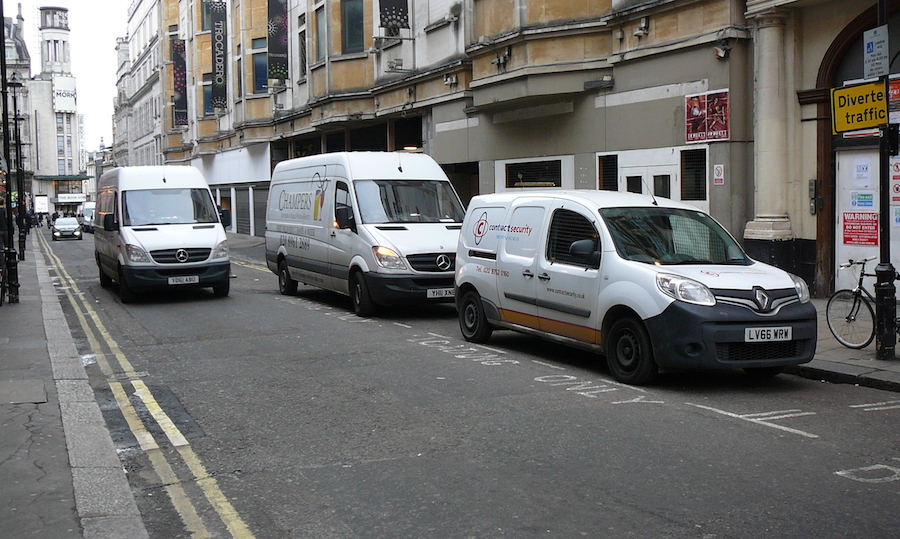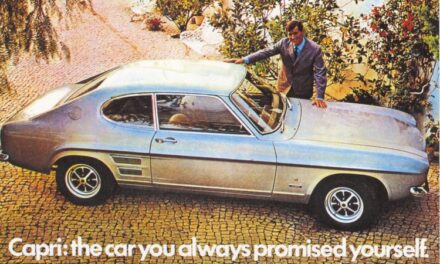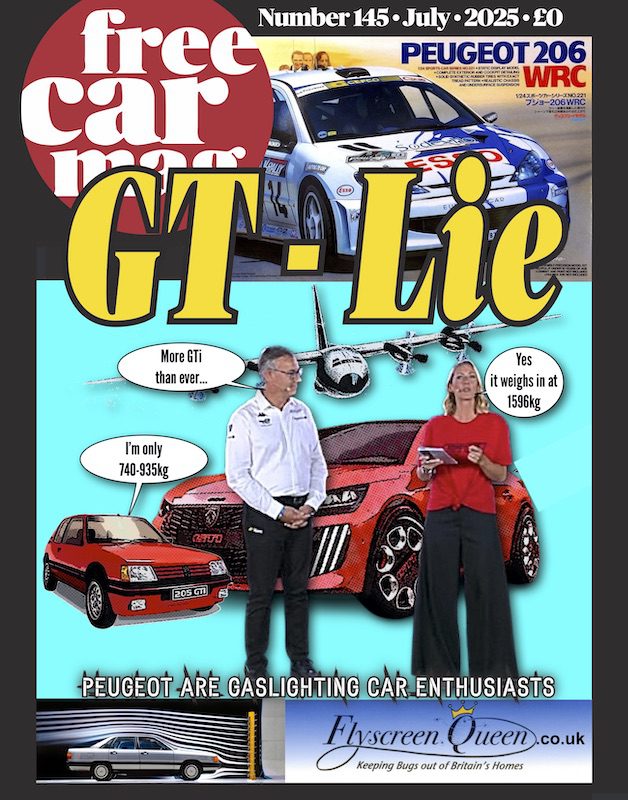Here’s a good question, how many of these common road markings do you really know the meaning of? It is after all, pretty important and knowing the right answers will help keep us safe.
Experts at leading car supplier LeaseCar.uk believe many drivers fail to keep up their knowledge of road markings and many have little idea what the markings actually mean.
Whilst most drivers will have a general idea of what a yellow or red line along a road implies, the exact rules and implications could be largely unknown.
Tim Alcock from LeaseCar.uk commented: “Most drivers will understand the basics – they’ll know to avoid parking on yellow lines unless they want a nasty fine and that generally you shouldn’t drive over chevrons in between lanes.
“A lot of it is common sense and in many cases there’ll be accompanying signs clarifying when parking restrictions apply, for example.
“If no days are indicated on the signs next to any of the road markings, you should assume that the restrictions are in force every day, including Sundays and Bank Holidays.
“Many drivers won’t be aware of the difference between broken and solid white lines though, and I bet a surprising number wouldn’t be able to say what each colour road stud means.
“The UK’s complex road marking system is just another example of the fact we Brits tend to take our fantastic travel networks for granted every day.
“We drive by, past, and over them each time we get into a vehicle but if they were to suddenly disappear, the country would soon reach a stand still!”
1. Double red lines along the edge of a carriageway
In London, double red lines are used to indicate that stopping to park, load/unload or to board and alight from a vehicle (except for a licensed taxi or if you hold a Blue Badge) is prohibited.
2. Single red lines along the edge of a carriageway
Single red lines are often accompanied by a sign, indicating that you’re not allowed to stop for any reason (except for a licensed taxi or if you hold a Blue Badge) during the times shown.
3. Yellow lines painted on the kerb
Yellow marks on the kerb or at the edge of the carriageway indicate that loading or unloading is prohibited at the times shown on the nearby black and white signs. You are, however, allowed to stop while passengers board or alight.
4. White diagonal stripes between lanes
Also known as chevrons, these are used to separate traffic lanes or to protect traffic turning right. If the stripes are bordered by a broken white line, you should not enter the area unless necessary and you can see that it is safe to do so. If it’s bordered by solid white lines, you must not enter it except in an emergency.
5. White chevrons in the middle of lanes
Chevrons are often painted onto busy roads as a warning to drivers that they should leave at least a two second gap to the vehicle in front.
6. Broken white lines
These marks the centre of the road. When this line lengthens and the gaps shorten, it means that there is a hazard ahead. Do not cross it unless you can see the road is clear and you wish to overtake or turn off.
7. Double white lines
If the line nearest to you is broken, this means you may cross the lines to overtake if it is safe, as long as you can complete the manoeuvre before reaching a solid white line on your side. If the line nearest to you in solid, this means you must not cross or straddle it unless it is safe and you need to enter adjoining premises or a side road.
8. Road studs
Reflective road studs, or ‘cats’ eyes’ as they’re otherwise known, are often used with white lines. White studs mark the lanes or the middle of the road, red studs mark the left edge of the road, amber studs mark the central reservation of a dual carriageway or motorway and green studs mark the edge of the main carriageway at lay-bys and slip roads. Green or yellow studs might also be used to indicate temporary adjustments to lane layouts, for example, if road words are taking place.
9. Yellow criss-cross grid
A box junction is a road traffic control measure designed to prevent congestion and gridlock at junctions. Vehicles are not allowed to enter the area unless their exit from the junction is clear, or they are intending to turn right and are prevented from doing so by oncoming traffic, or other vehicles on the box waiting to turn right.











